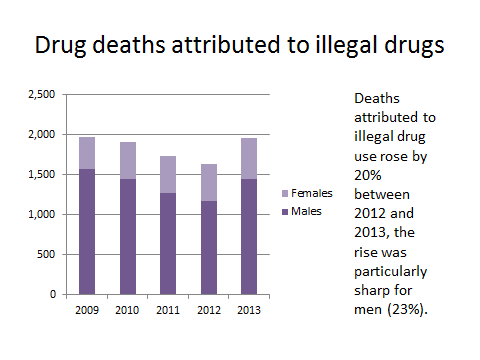On my wintry walks to work these last few weeks, I’ve been enjoying the 2014 Reith lectures. Each year, the BBC invites a distinguished guest to give a series of talks on an issue of public interest. This time, surgeon and writer Dr. Atul Gawande has been discussing medicine and public health. I’m grateful to my colleague George Garrad, who suggested they might be up my street.
 |
| Dr. Atul Gawande (photo: CfAP, Creative Commons) |
Firstly, if you have any interest in health (and which of us doesn’t?) I really recommend listening to the four lectures. In them, Gawande makes a passionate yet highly methodical case for how we can improve the health care that people receive throughout their lives, across the world.
He blends stories from his professional and personal life, which are often very moving, with political argument in a way that’s entirely absorbing (I occasionally came close to walking into lampposts). And although his focus is on medicine, I think the issues he discusses are of vital importance for the drug and alcohol sector – and especially its approach to complex needs, which is of particular interest to me through my work at DrugScope with the Making Every Adult Matter coalition.
Why the system matters
Gawande’s basic argument, as I understood it, is this: over the last century, we’ve made huge advances in knowledge about the body and how it works. We’ve also developed technology – surgical techniques, medicines – that can help us treat ever more conditions. However, what we haven’t worked out is how to apply this knowledge consistently across every hospital, country and continent. This helps fuel the dramatic health inequalities we see at all of these levels.
In his second lecture, therefore, he focuses on problems with ‘the system’: the interactions between people and organisations that deliver healthcare. As a surgeon, he uses the example of avoidable deaths in the operating theatre and describes work that he and colleagues are doing to introduce simple checklists for basic tasks. A tiny detail like washing your hands takes on huge importance when it’s one of hundreds of tasks that contribute to a successful operation.
Often, Gawande explains, surgeons and other medical professionals resist the idea of following a checklist – until they see the evidence that it saves lives (you can read more about this in a fascinating 2007 New Yorker article that he draws on in his talk). However, where his argument gets really interesting is in the final lecture, where he discusses the limitations of this approach:
“But just because you have a roadmap does not mean anyone is going to follow it. There are barriers to overcome to execute even the simplest step, and those barriers differ from place to place. In one health centre, staff may not wash hands because they don’t know it’s important; in another, because they don’t have sinks or running water in the delivery rooms; and in another, because they simply have not made it their habit and no one cares.
"That last phrase I think is the critical one: if no one cares when someone takes the trouble to do things right, nothing changes. And the overwhelming message to the people who work at the frontlines of care around the world is that no one notices excellence and no one cares. That is the biggest source of burnout and discouragement for health care workers everywhere.”
What this means for drug and alcohol services
I think this insight is crucial to how drug and alcohol services approach treatment for those with the most complex needs. We often hear calls for ‘system change’ – the demand that services should be re-designed to work better together. That’s clearly a valuable goal – but it’s also vitally important that we take into account the human beings on whom services depend, who are often forgotten in the rush to reform and restructure.
At DrugScope’s conference in November, I ran a workshop with drug and alcohol practitioners (some of whom also had personal experience of recovery) on their experiences supporting people with complex needs. One substance misuse worker observed – to universal nods of agreement – that they often felt they were “mopping up” problems that other services weren’t resolving in the way they should.
Their personal commitment to the people they work with meant they were willing to compensate for the failures of the system they worked in. It’s one of the great strengths of our sector that, on the whole, it attracts people who care deeply about the work they do, and the lives of those they support. I think to a great extent, this stems from the high number of practitioners who have personal experience of substance misuse. (Incidentally, it’s one the few weaknesses of the lectures that they don’t do more to explore the role of people using, rather than delivering, healthcare services.)
Dr. Gawande’s insight is that in making a system work, you need to do more than simply find the most efficient solution to a problem. You also need to work from the behaviour of people who care, and find out how to build a system that supports them and encourages others to follow suit.
Too often, when looking to reform health and social care, we begin from the assumption that the system can make people better – when actually, the opposite is true. I actually find that idea rather hopeful, and offer the lectures – which explore these issues in rich detail – as a diversion over what I hope is a restful Christmas and New Year.
Sam Thomas is the programme manager for Voices from the Frontline. Follow @iamsamthomas on Twitter.












